#Ramses II’s Long-Lost Sarcophagus Has Finally Been Identified
Explore tagged Tumblr posts
Text
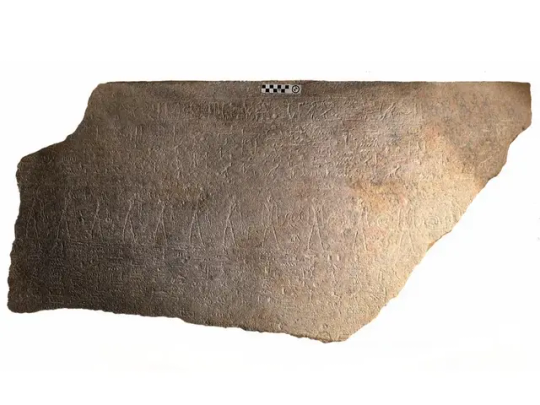
Ramses II’s Long-Lost Sarcophagus Has Finally Been Identified
An Egyptologist recently concluded that a fragment of an overlooked granite coffin bears the great pharaoh’s name.
Ramses II, a pharaoh who ruled in the 13th century B.C.E., is one of ancient Egypt’s best-known rulers. The 19th-Dynasty king expanded Egypt’s territory into modern-day Syria, fathered some 100 children and boasted one of the civilization’s most ornate coffins. But the carved granite sarcophagus built to house that coffin has never been identified—until now.
Frédéric Payraudeau, an Egyptologist at France’s Sorbonne University, recently re-examined a sarcophagus fragment found in the ancient necropolis of Abydos in 2009. At the time, experts posited that the engraved stone box had held the remains of two different people at different times, per a statement from the French National Center for Scientific Research. The second occupant was Menkheperre, a high priest who lived around 1000 B.C.E. But the first proved to be more difficult to pin down: Archaeologists only knew that they were a very high-ranking figure from the Egyptian New Kingdom, reports Live Science’s Jennifer Nalewicki.
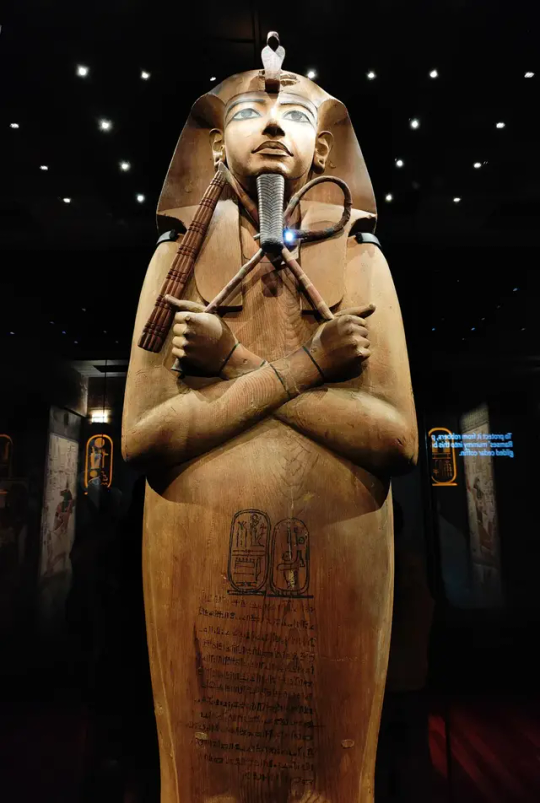
Ramses II's cedar coffin.
When Payraudeau studied the sarcophagus fragment’s inscriptions, including a previously obstructed and misidentified cartouche (an oval that typically encloses a royal name), he realized the hieroglyphs bore Ramses’ name. The scholar published his findings in the journal Revue D’Égyptologie.
Ramses’ reign lasted around 67 years, making it one of the ancient civilization’s longest. Dubbed the “builder pharaoh,” Ramses commissioned many temples throughout the region. As Payraudeau says in the statement, finding an ancient Egyptian site that isn’t marked with Ramses’ name is rare. The king even added his name to monuments built before his rule.
Ramses’ death in 1213 B.C.E. left a layered physical trail, thanks to multifaceted Egyptian entombing techniques and numerous pillagings of the Valley of the Kings, which held his and many other royal tombs. The pharaoh was buried in a gilded wooden coffin that was nested inside of an alabaster sarcophagus and a larger granite sarcophagus. Later, the coffin was stolen, the alabaster sarcophagus was shattered by looters and the granite sarcophagus—from which the fragment in question originated—was reused by Menkheperre.
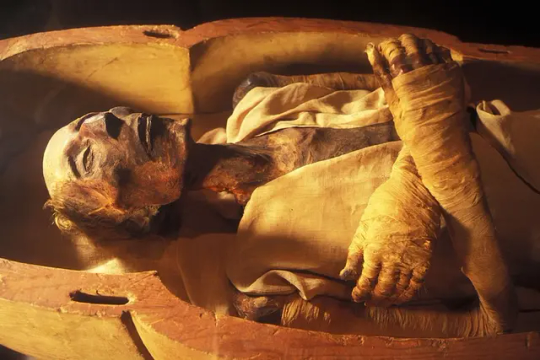
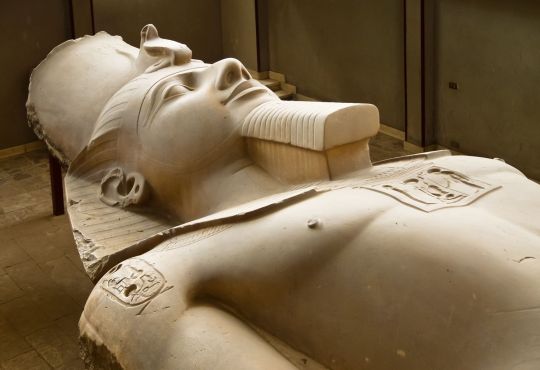
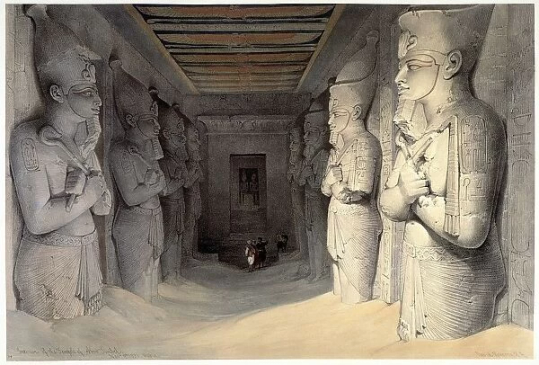
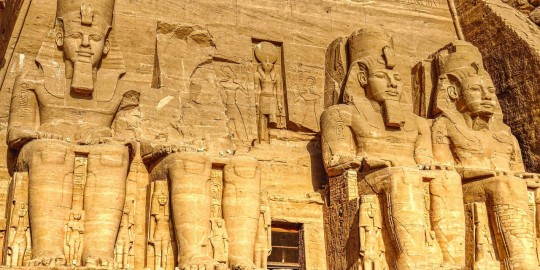
As Payraudeau explains, the Valley of the Kings was plundered numerous times during ancient Egypt’s 19th Dynasty, an era of economic and social crises that led to scarcity, forcing even royals to reuse funerary objects created for their predecessors.
In 1881, Ramses’ mummy and coffin were discovered in a hiding place in the temple complex Deir el-Bahari, which housed the remains of 50 other members of the nobility, including the pharaoh’s father, Seti I, according to the Egypt Museum. Since then, the gold coffin and Ramses’ mummy have been exhibited at museums around the world. Whether the sarcophagus fragment, which is currently stored in Abydos, will one day go on display, too, remains unclear.
By Sonja Anderson.
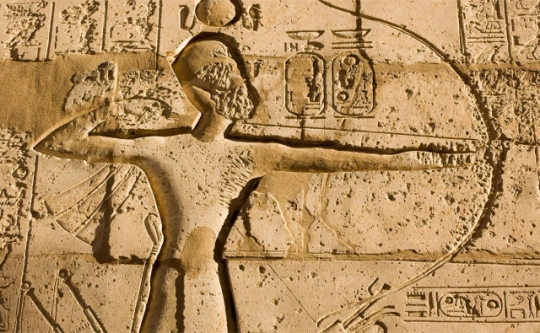
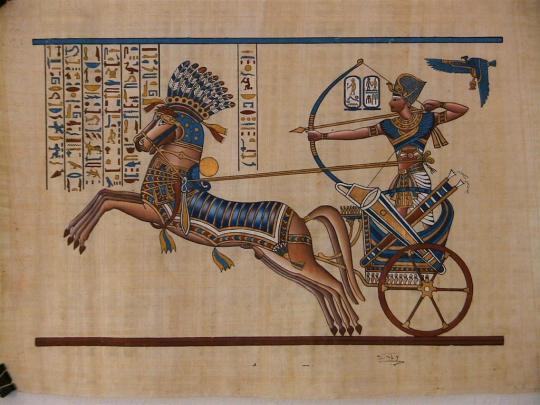
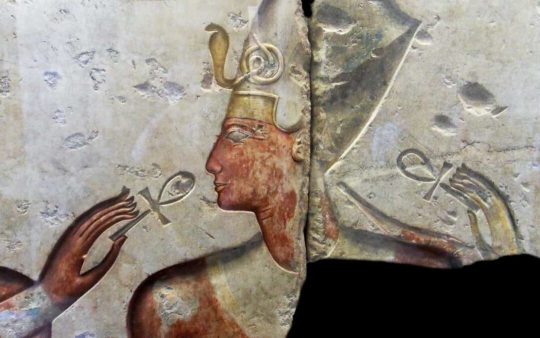
#Ramses II’s Long-Lost Sarcophagus Has Finally Been Identified#Ramses II#sarcophagus#ancient artifacts#archeology#archeolgst#history#history news#ancient history#ancient culture#ancient civilizations#ancient egypt#egyptian history#egyptian hieroglyphs#egyptian pharaoh#egyptian mythology#egyptian gods#egyptian art
83 notes
·
View notes
Link
5 notes
·
View notes